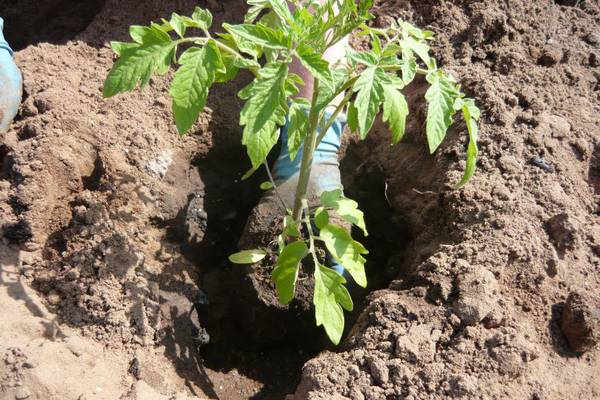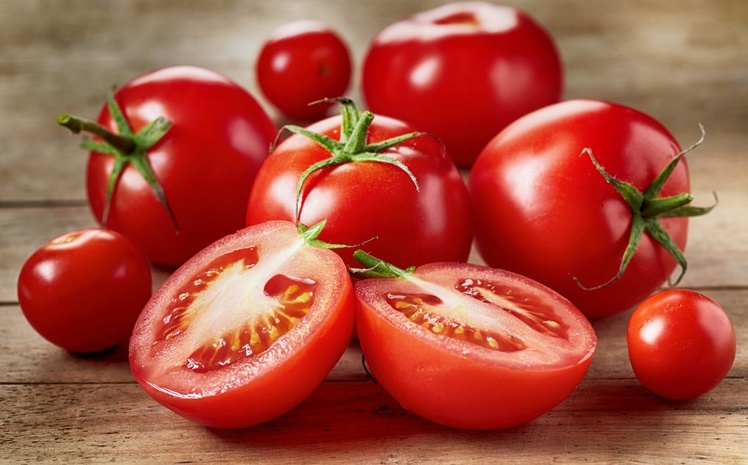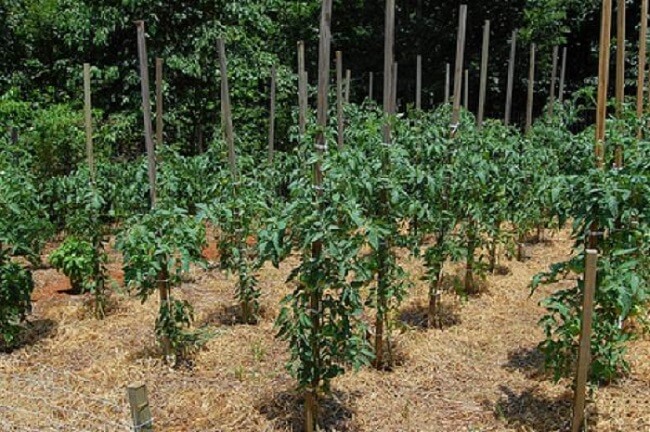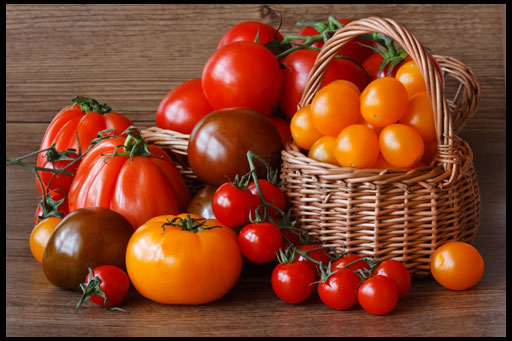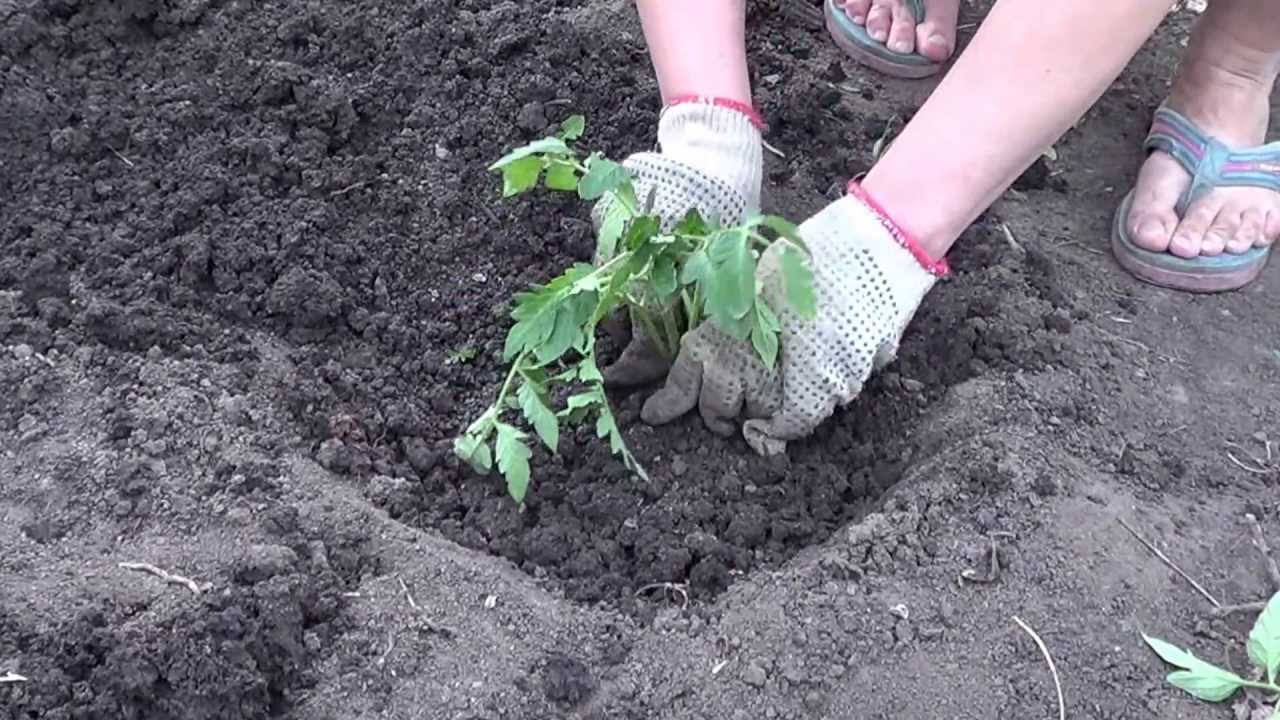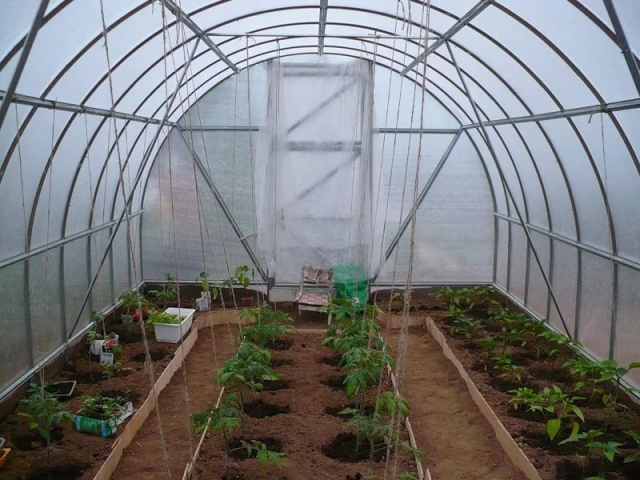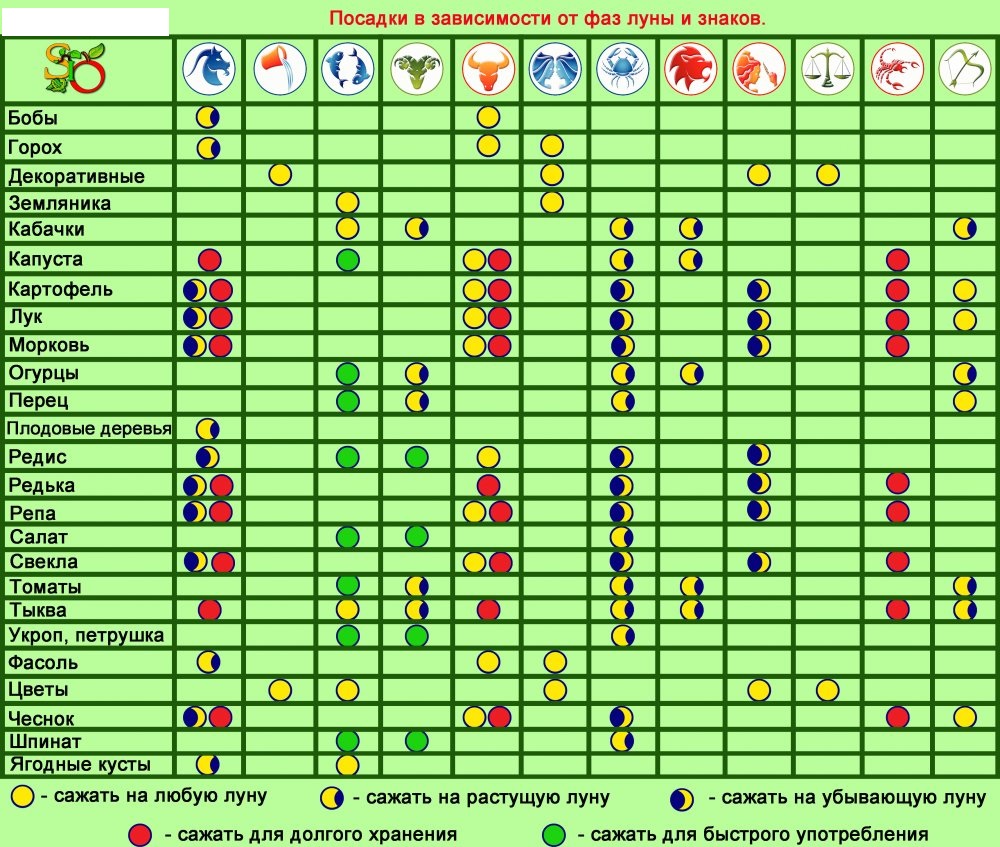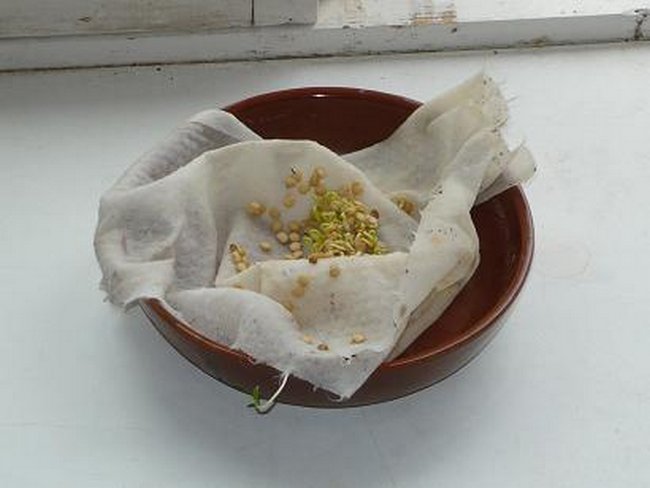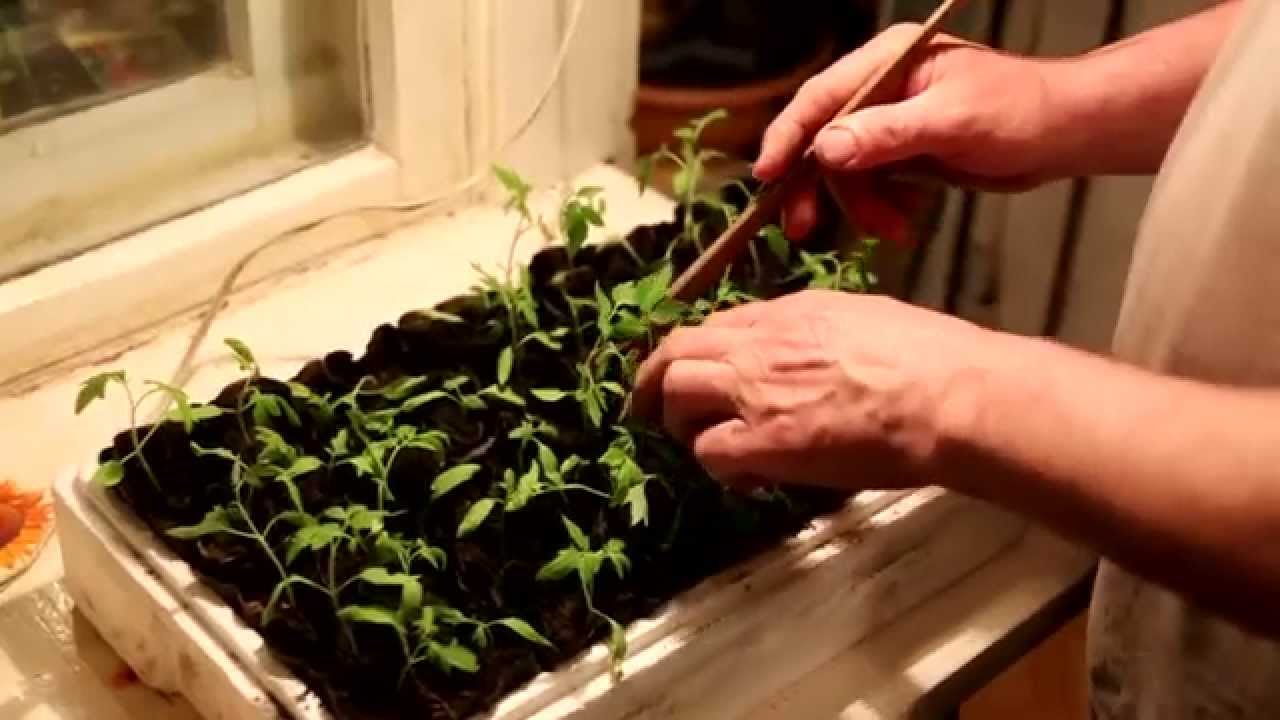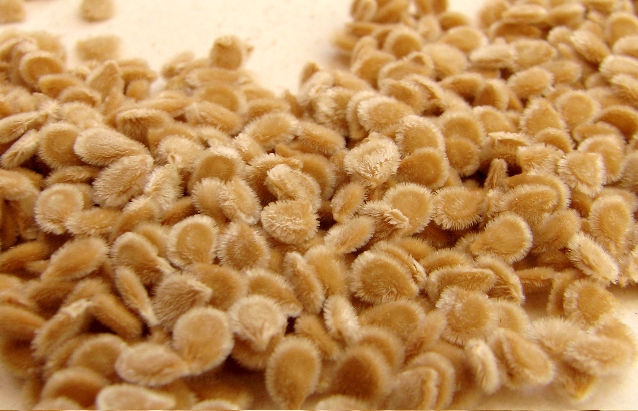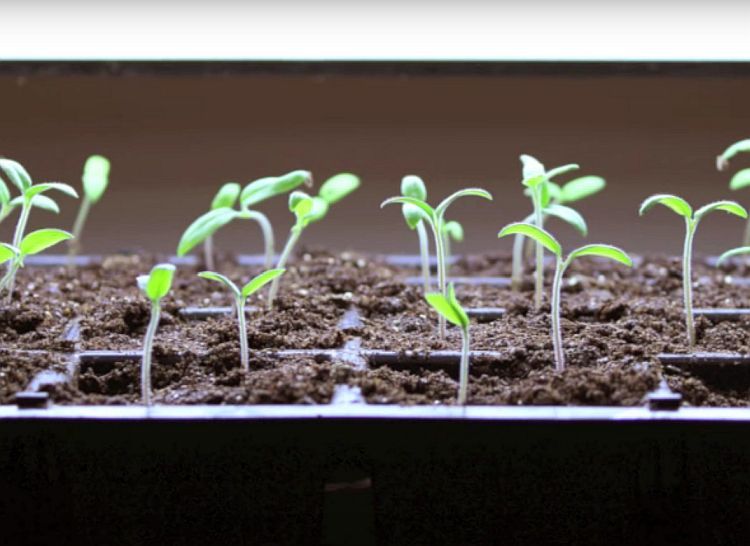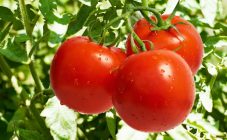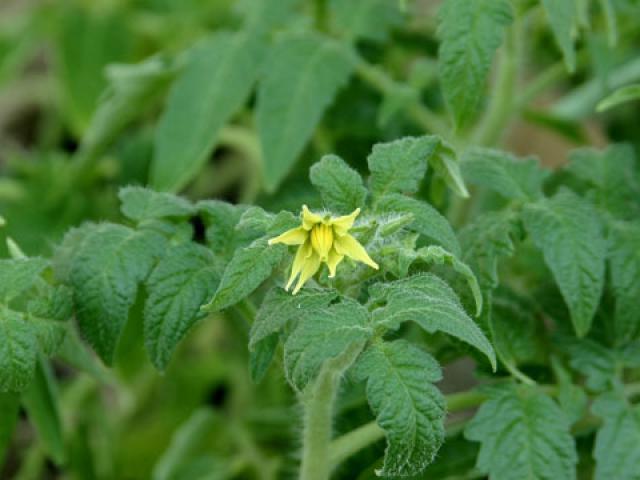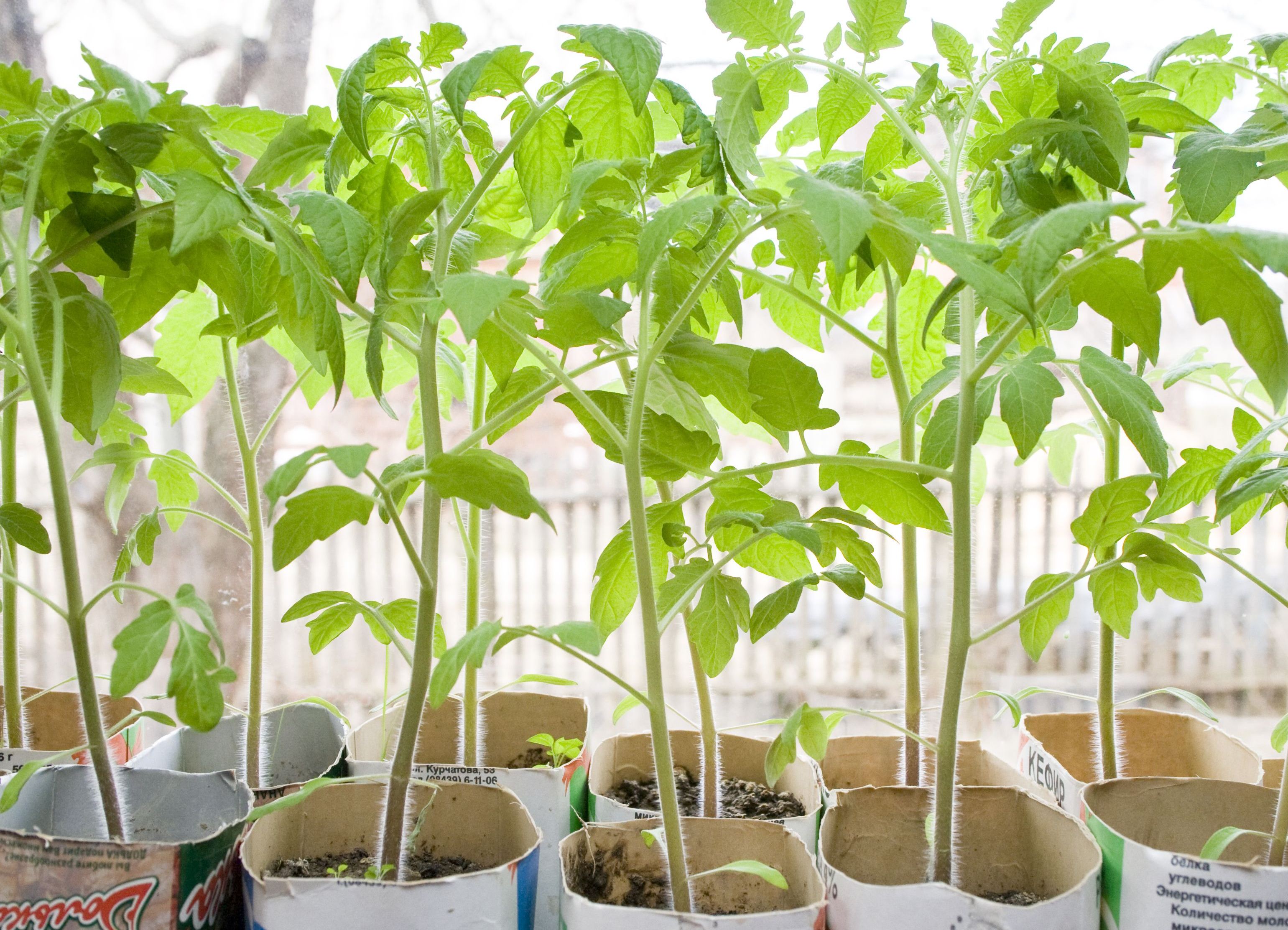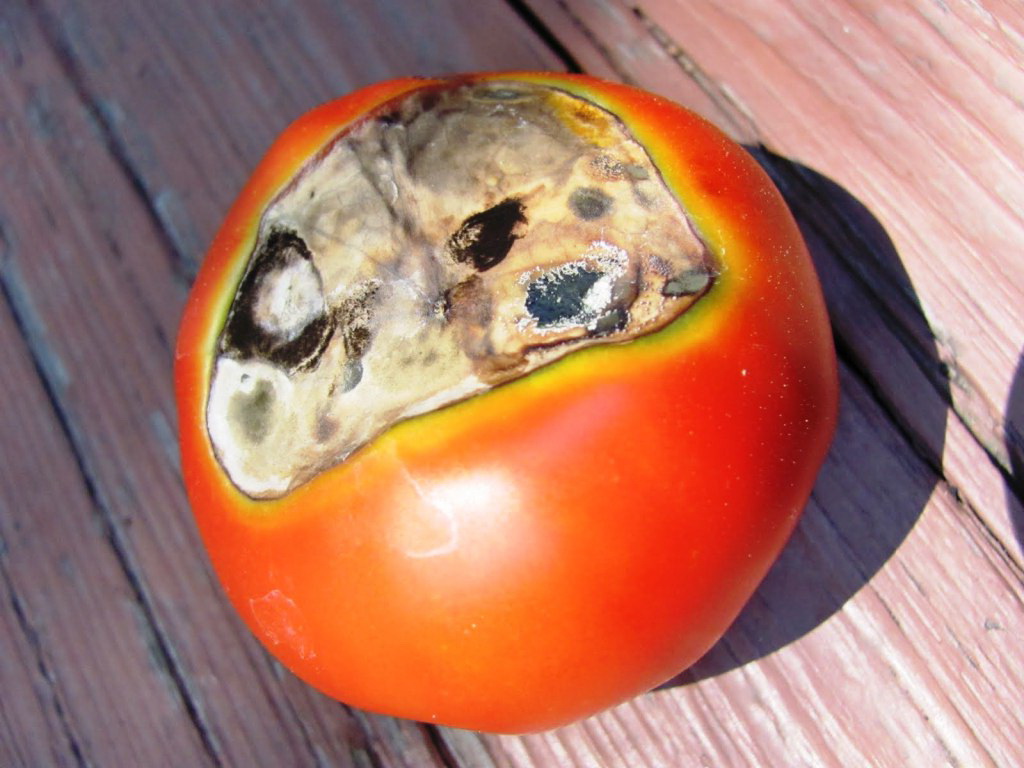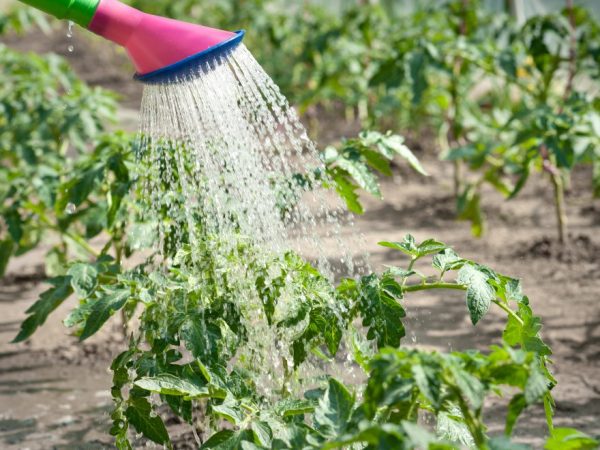Content:
The tomato is widespread and popular all over the world. The value of the plant is in the fruits used in the preparation of various interesting dishes. To this end, you always want to have your own home product, rather than a purchased one.
It is quite difficult for modern gardeners to make a choice, since there are many different varieties of crops. They are distinguished by the presence of immunity to pests and sores, productivity, fruit appearance and taste.
Culture information
Tomatoes are most often annual herbaceous plants. They belong to the genus Nightshade, the Nightshade family. Basically, the crop is grown as a vegetable. The fruits of tomatoes are berries and are called tomatoes. The name of the fruit is translated from Italian as a golden apple. The homeland is considered to be South America, in which wild and semi-cultivated species can still be found.
First of all, tomatoes were brought to Spain, Portugal, Italy and France in the middle of the 16th century. Initially, the fruits of the culture belonged to poisonous and inedible products, and the plant itself was a rare decoration. Around 1692, the first delicious tomato recipes began to appear in the cookbooks of Naples. In the Russian state, culture appeared only closer to the 18th century and then, as an ornamental plant, since the tomatoes did not fully ripen. As a food product for the country and the world, the culture was shown by the agronomist - scientist A. Bolotov, who managed to make tomatoes ripen.
Useful properties of fruits
Tomatoes are valued for their dietary properties, unique taste and beneficial nutritional composition. Energy value of ripe tomato - 19 kcal.
The composition of tomatoes includes:
- Dry matter - from 4 to 8%;
- Natural sugar - from 1.5 to 6% of the total weight of the fruit;
- Protein - 0.6 to 1.1%;
- Organic acid - 0.5%;
- Fiber - 0.84%;
- Pectin substance - 0.3%;
- Starch - 0.07 - 0.3%;
- Mineral elements - 0.6%.
Tomatoes are also rich in carotenoids, B vitamins, folic and ascorbic, citric, malic, oxalic, tartaric, succinic acids. A high content of high molecular weight fatty and phenol carboxylic acids was noted. Additionally, it contains anthocyanin, stearin, triterpene saponins, abscisic acid and choline. Such an extensive useful composition of tomatoes helps to reduce cholesterol in the body, prevents fatty overgrowth in the liver, increases the production of hemoglobin and increases the protective functions of the body. The presence of iron in tomatoes makes them useful for people with cardiovascular problems and those suffering from anemia.
Variety of varieties and characteristics
Depending on the type of growth of the bushes, there are deterministic (medium-sized) and indeterminate (tall). There can be early, mid and late ripening orientations. In the first species, the stem, shoots stop growing when 2 to 6 brushes appear on one stem. Each shoot and stem ends in flower tassels. Stepchildren are tied on the lower parts of the stems. On average, the height of the bushes can vary from 60 to 180 cm.
The second type is characterized by unlimited growth of branches. The length of tall plants is from 2 m.At the end of the stem, there is always a flower brush. Plants of this species differ from medium-sized plants by low flowering rates and fruit ovaries. Plants with large fruits are often indeterminate.
Popular representatives of the species can be considered:
- The bear's paw is considered a high-yielding tomato variety. The weight of one tomato can reach 800 g;
- De Barao - considered as a greenhouse planting material and for planting in open ground. The weight of tomatoes can reach 300 g, the skin is thin;
- Bovine heart - differs in sweet and juicy pulp, the weight of tomatoes can vary from 150 to 500 g.
There are also varieties of tomatoes according to the method of use: for canning, for tomato juice, salad. The culture belongs to the thermophilic. The temperature regime within 22-25 degrees is considered beneficial for fruiting, growth and development. If the temperature drops below 10 degrees, the maturation of pollen in blooms stops, the unfertilized ovaries simply fall off after a while.
Plants do not like highly humidified air, but growing fruit requires a lot of water to feed the root system. Tomato bushes are demanding on lighting - its lack inhibits growth, causes pallor of the deciduous part, and bud fall. Seedlings begin to reach for the light source, in order to increase productivity, plants can be supplemented.
When is it better to plant tomatoes
Today, every gardener knows that a long and laborious period passes from germinating seeds to harvesting the first crops. After all, it is necessary not only to sow the seed, but also to water, fertilize and spray it. There are features of planting seed material, its cultivation and proper care.
The rolling period, catching the end of February - March is considered the ideal time to prepare the seeds, namely:
- Buy a special soil mix;
- Get containers where you can plant the material;
- Identify and buy your favorite vegetable variety.
Ripening dates, based on the variety
To get the expected harvest, each gardener must study all the nuances and peculiarities of planting and growing the selected varieties. There is no need to focus attention and limit yourself to the instructions written on the packages. This is due to the fact that the terms on the packs are indicated, focusing on Central European countries that differ from Russia in climatic zones.
You can plant tomatoes, focusing on the variety, at this time:
- From February 20 to March 10 is a favorable period to plant tall varieties;
- March 10-22 is the best period to plant early and mid-season varieties;
- April is the time to sow ultra early Cherry tomatoes;
- The end of February is the period that is suitable for planting late-ripening varieties.
In order to independently choose a date to plant seedlings of any varieties, you need to know exactly how much time must pass until the seedlings appear, and the time will come to transplant them into open soil.
It takes a week for the seeds to sprout. After that, it will take another 3 days for the seedlings to take root. In general, early and hybrid varieties need 110 days to ripen, which means that planting materials should be started already in early April. Under such conditions, in June it will be possible to transplant seedlings into a greenhouse, and in July to collect the first crop.
From the end of February to the first days of March, favorable days begin for planting a tomato in a polycarbonate and glass greenhouse. Tomatoes are planted under the film about 10 days later. After about 2 months, the seedlings can be transplanted into open soil. Another 7 days are added to this period for acclimatization after a dive and moving into the ground.
Moon calendar
You can often hear that gardeners rely on the moon for planting seeds.The attitude towards this method is ambiguous. Some are waiting for the arrival of favorable days, for others it does not matter at all when to land. Each of them is entitled to their opinion. Nevertheless, for those who believe in the miraculous power of the moon, consider when, according to the lunar calendar, you can plant tomatoes in order to get a healthy and powerful plant.
The basic rule of this method has always been and will be this: plants growing above the surface of the soil must be planted only during the growing moon, planting material underground, you need to focus on the moon, which is decreasing. During the new moon and full moon, it is not just impossible to plant anything, it is better not to touch the plants at all.
It is best to dive and land when the Moon is in Taurus, Libra and Capricorn.
In 2019, the growing moon should be expected:
- in January - from the 10th to the 20th;
- in February - from 6 to 12, then from 14 to 17;
- in March - from 7 to 12, from 15 to 20;
- in April - 7-18;
- in May - 6-18;
- in June - from 4 to 16;
- in July - 3, 11, 12, 15 and 16;
- in August - 6, 8-13.
To plant seeds for germination, you need to know the decreasing days of the month:
- February 1, 21-28;
- March 23-29;
- April 2, 3, 20-30.
Before planting, the seed must be soaked in water for at least a day.
The days are considered ideal to sow, dive and replant tomatoes, with a focus on the moon:
- February 16, 18, 21, 22, 25, 26;
- March 1, 20, 21, 24-26;
- April 17, 18, 21, 22, 27, 28.
Favorable days for planting tomatoes in May at a permanent place - 18, 19, 24-26 of the month. At the same time, planting tomatoes in May according to the lunar calendar is carried out only under the condition that at the time of transplanting the seedlings must be at least 35 centimeters high.
Seedling vegetables in cold regions
In regions with a harsh climate, such as the Moscow region, the Urals and Siberia, seedlings are planted, focusing on local weather conditions and terms:
- The Moscow region begins to actively prepare seeds for planting around the beginning of March, for a month. As for growing seedlings under film greenhouses, they start planting in mid-March;
- In Siberia and the Urals, seed preparation begins from mid-March to mid-April.
All these data are taken based on average indicators.
You can accurately determine the date of disembarkation based on the following characteristics:
- Vegetable variety;
- Place of permanent accommodation;
- Availability of supplementary illumination of seedlings if necessary;
- Availability of the possibility of timely planting of seedlings in greenhouses and hotbeds;
- Weather conditions with a focus on spring.
Seed base preparation
One of the first stages is the preparation of seeds for planting. For this purpose, pre-treated or soaked or dry seed is used. For the purpose of processing, you can use a salt solution or other convenient. The main rule is that such procedures are carried out no longer than 10 minutes, then the material is thoroughly washed. The seed can now be soaked.
It is possible to plant seed ready for sowing both in soil mixtures and in ordinary soil from a garden plot. The main thing is that humus or part of the sod soil is present, which is so necessary for tomato plants. It is important that the soil is loose, for this you can mix peat, sawdust, perlite and vermiculite with ordinary soil. In order not to pick the seedlings, you can lay peat tablets in the ground. With this planting, several units of seed can be placed in one tablet. At 100% shoots, only the strongest shoots are left, the rest must be pinched.
Several factors affect the timing of the appearance of sprouts:
- Seed quality;
- Air temperature;
- Illumination;
- The amount of moisture.
If all the necessary conditions are met, the appearance of the first shoots will not take long, the whole process can last at least 7 days. When seedlings appear, the amount of light should be increased by artificially illuminating it.
When the seeds have sprouted:
- The ambient temperature can be slightly reduced. 16 degrees of air will be enough;
- Let the sprouts grow stronger within 7 days. Now you can increase and alternate temperature conditions: during the day - up to 20 degrees, at night - up to 16;
- As the sprouts are still weak, they should be protected from direct drafts. When placing containers, you should choose a bright, closed room;
- All this time, the sprouts need moisture, in moderation. The liquid should be at room temperature. Overflow of soil should not be allowed - seedlings do not like this, especially tomatoes.
Planting seedlings to a permanent place
Gardeners are well aware that for tomato seedlings, spring frosts are equated with death. This indicates the need to postpone the rapid movement to a permanent place. In general, the first tomato planting days in May fall at the end of the month, moving to the beginning of June. Do not forget about the peculiarities of the regional location and climate.
At first, you can cover the culture in order to prevent the death of plants. Basically, planting begins after the appearance of 7-8 true leaves. Further delays can cause overgrown seedlings. In addition, it can release flowering ovaries right on the windowsill, which slows down the process of rooting of seedlings. The main thing is to choose the right site for permanent habitation. Better if it is a sunny part of the estate with good ventilation.
